Yolanda Y. Liou is a self-taught photographer who began taking photographs in 2011 while backpacking…


Yolanda Y. Liou is a self-taught photographer who began taking photographs in 2011 while backpacking…
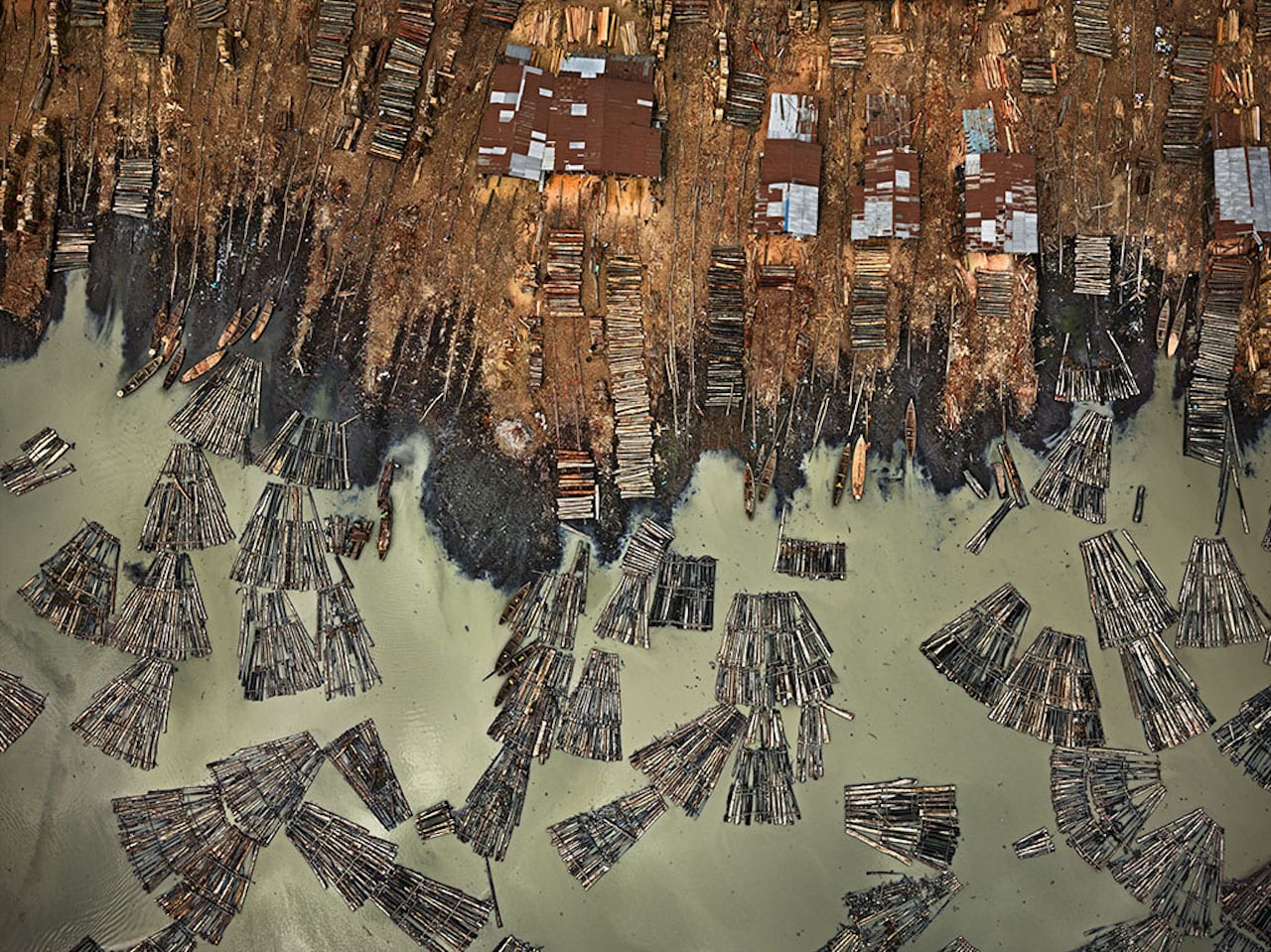
“We’ve had five great extinctions,” says Edward Burtynsky. “Now our species is having a similar…
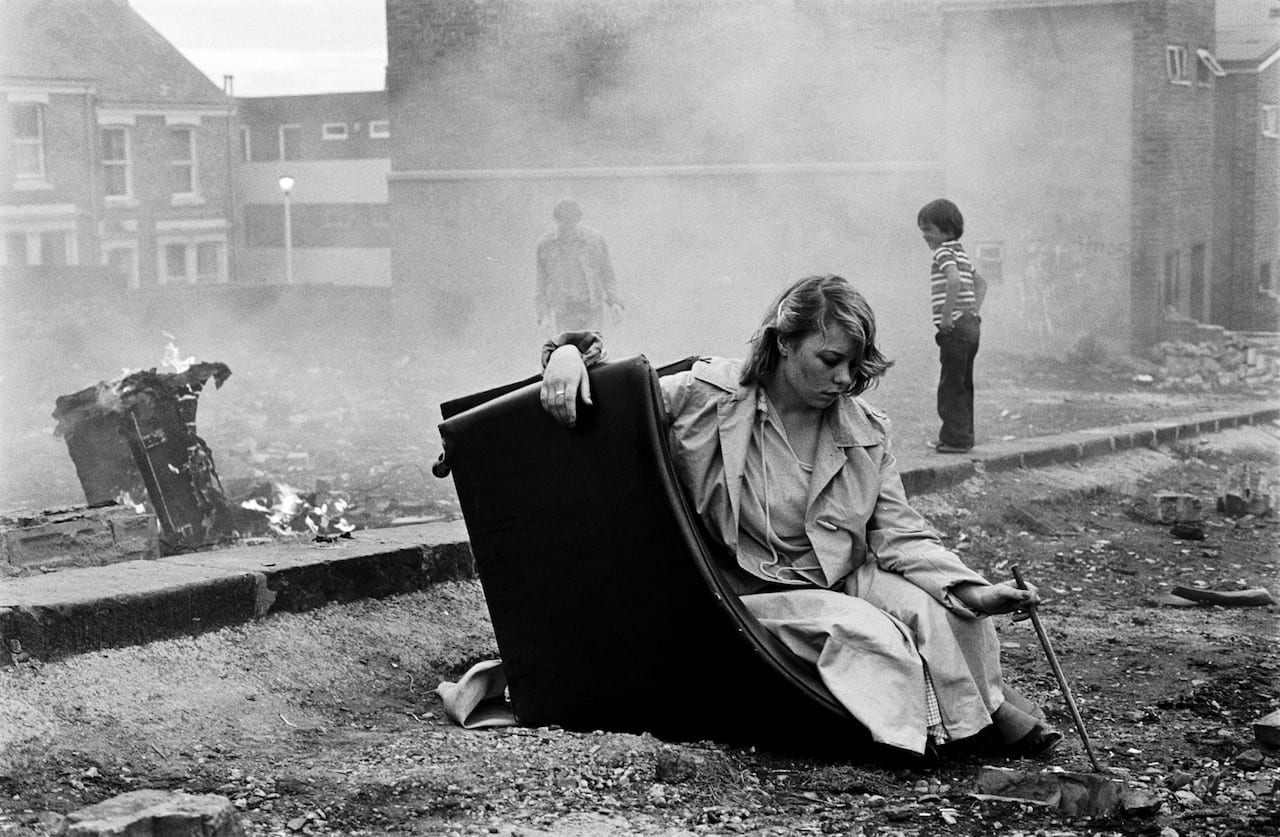
“Tish believed that photography was an important form of visual communication that could stimulate discussions about real life situations and captured accurate records of the world we live in. She was trying to force people to look at the truth and learn from it,” explains Ella Murtha, the daughter of the documentary photographer. In honour of her mother’s memory, Ella has put together a new photobook, Youth Unemployment, which gathers Tish Murtha’s work photographing poverty-ridden communities in Newcastle in the 70s and 80s. Raw, powerful and emotional, Murtha has captured youngsters trying to survive turbulent economic times, when they had limited prospects – something which has recently come full circle as a new generation has had to deal with the global financial crisis.
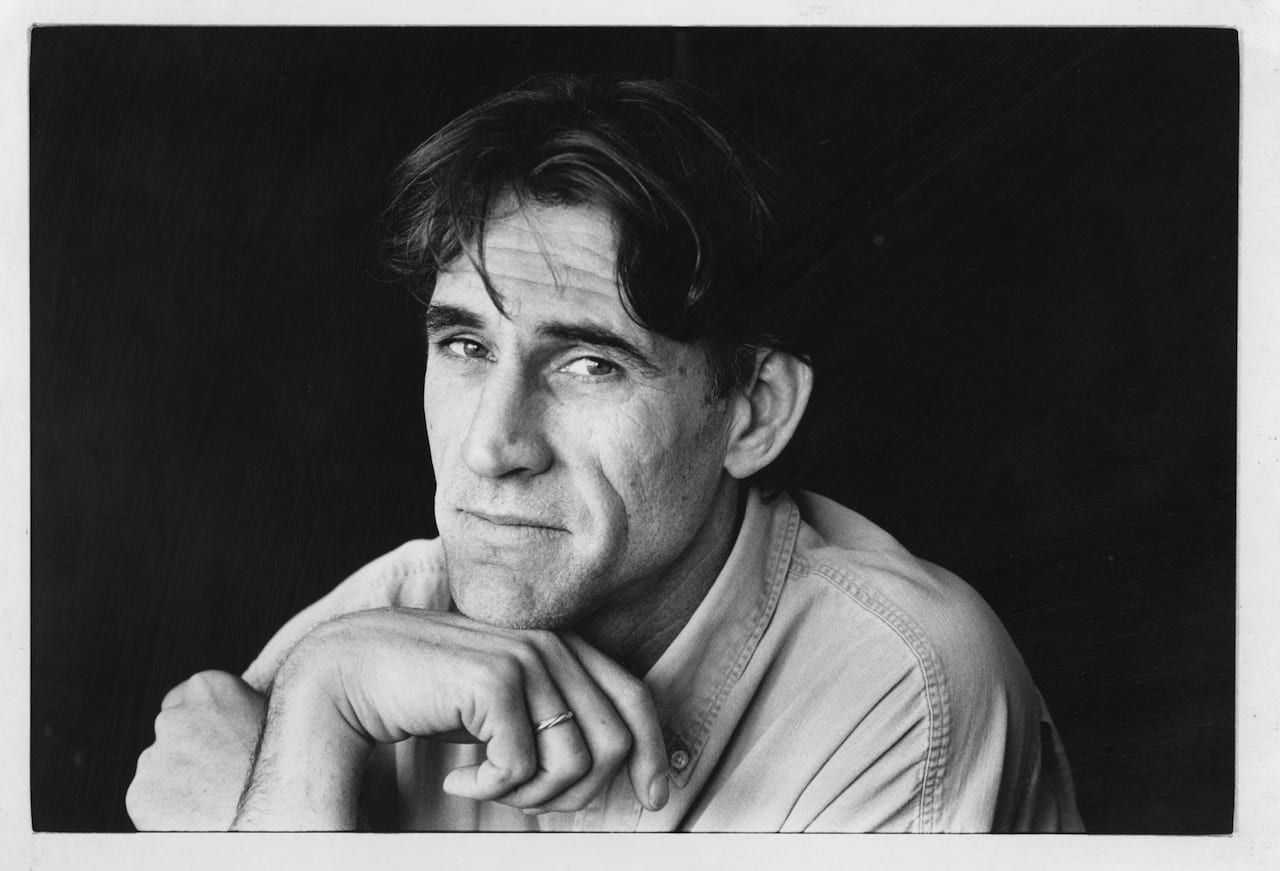
“People say that John was brilliant but tricky, but he was only difficult if you were being mediocre,” says Sacha Lehrfreund, John Reardon’s long term partner and one-time colleague. “In a professional capacity he wanted to be excellent. He pushed it beyond a point that was comfortable for lots of people, but he made you better than you might otherwise be.”
“John Reardon was an artist,” says Greg Whitmore, picture editor of The Observer and another former colleague. “You can see it the photographs of Handsworth cricket fans, the Kosovan woman and baby, the portrait of Fergus Henderson…John was one of the greats of his generation.” John Reardon, a celebrated photojournalist who went on to shoot equally celebrated celebrity portraits for The Observer, has died aged 66.

How do you capture a neighbourhood in the throes of transformation? How do you negotiate the complex tensions between old and new that lie at the heart of regeneration? These are some of the quandaries that prompted Gretje Treiber to begin Hamburg Barmbek Nord: Attempts at an Encounter, an intimate requiem for the disappearing features of her local community. Originally a small collection of farms, Barmbek-Nord was transformed into a working-class district shaped by industry in the early 1900s. The area became an expanding residential hub with many new blocks of flats designed with a striking red brick and equipped with green spaces and sports facilities, built during the 1920s, only to be destroyed during the Second World War and rebuilt 15 years later. Since 1980, few urban changes have taken place, leaving the neighbourhood “almost forgotten” by the rest of the city, according to Treiber.
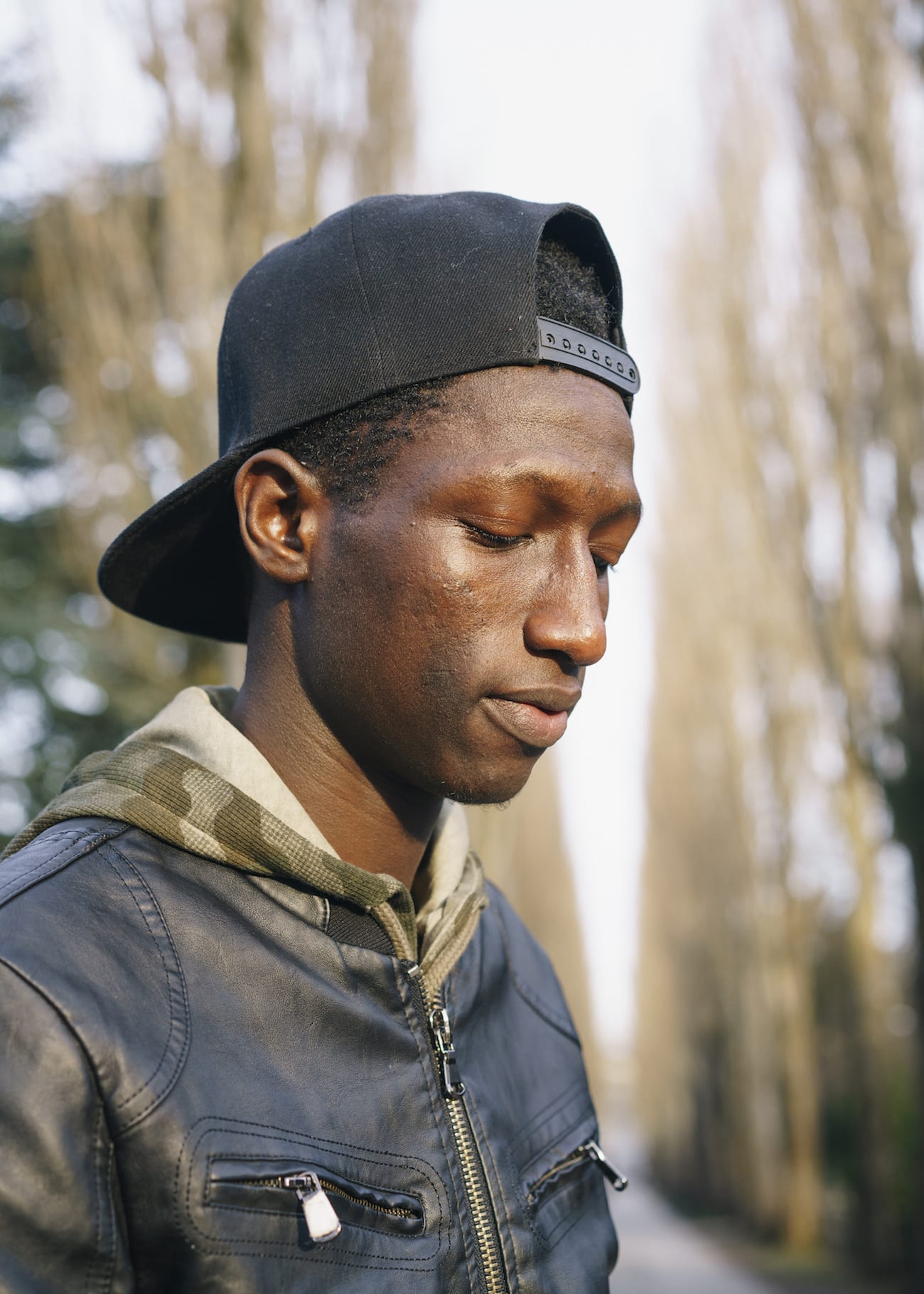
The Carlsberg Fault zone is a concealed tectonic formation that runs across the city of Copenhagen. A stranger to the city, Marco Kesseler used the line as a narrative to discover and photograph the everyday idiosyncrasies that give the capital its charm
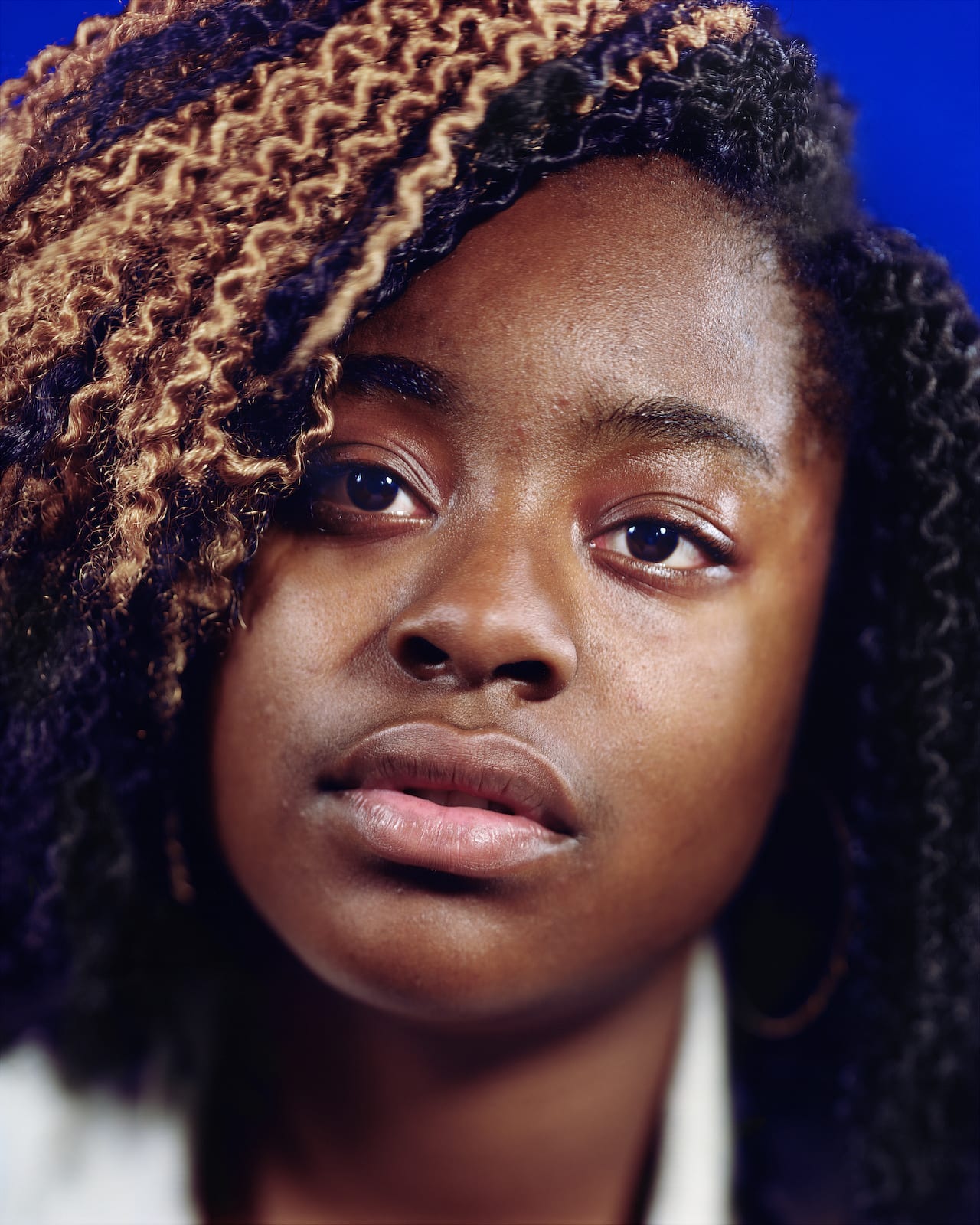
“The whole jury was in agreement that Eva has a very strong vision and that her work is characterised by a consistency both in aesthetic and content, since the concepts explored are the hot topics of our contemporary society,” says Alessia Glaviano, senior photo editor on Vogue Italia and member of the Hyères Festival photography jury this year – which has awarded the grand prix to Eva O’Leary. The New York-based photographer has won with a series called Spitting Image, which shows American girls aged 11 to 14 photographed while looking at themselves in a mirror. A project involving both photographs and videos, Spitting Image shows both the girls’ discomfort with being put in front of the lens, and the ways in which they – and others – present themselves for the camera.
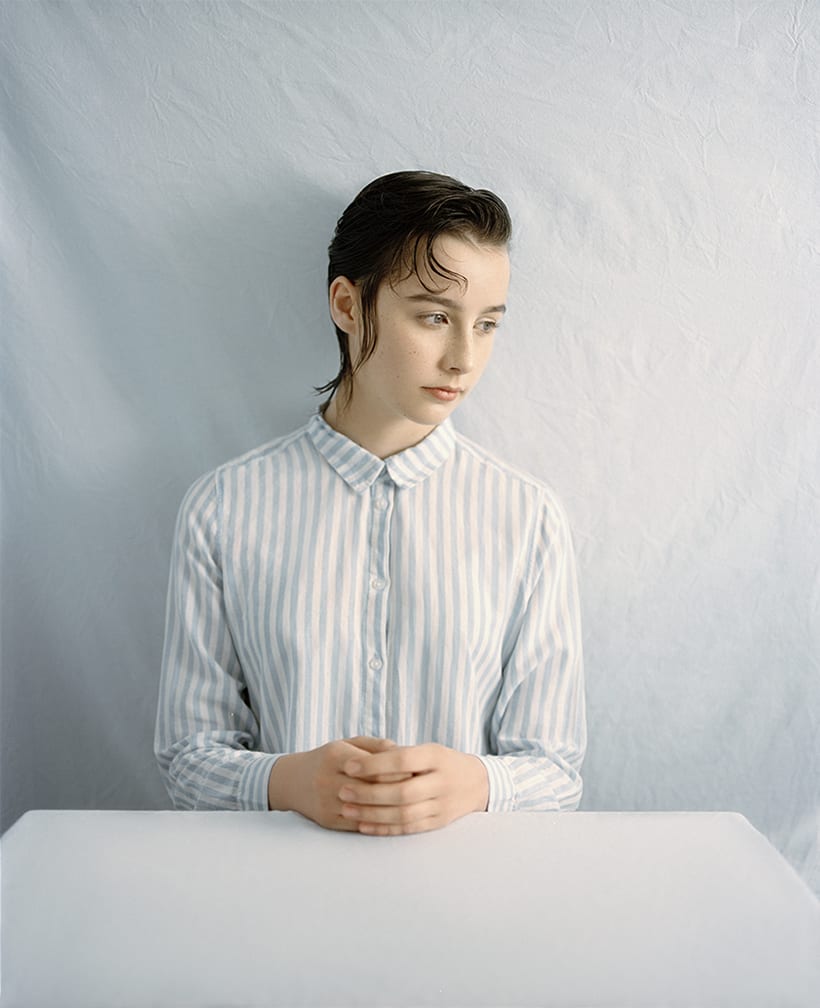
Vikram Kushwah’s portrait is of his friend’s teenage daughter, Jasmine, who is in her second…